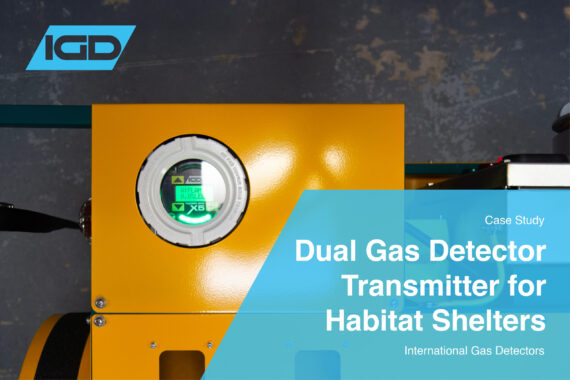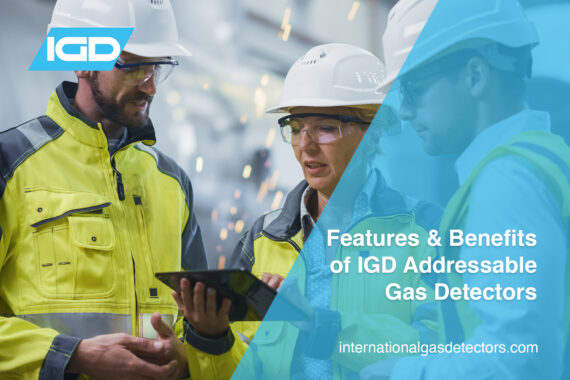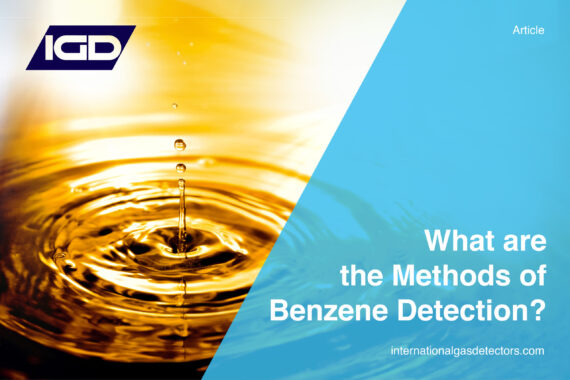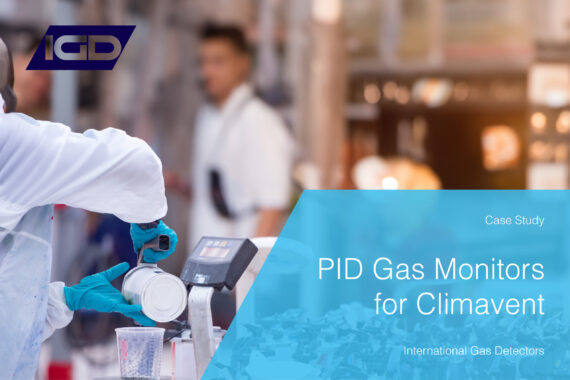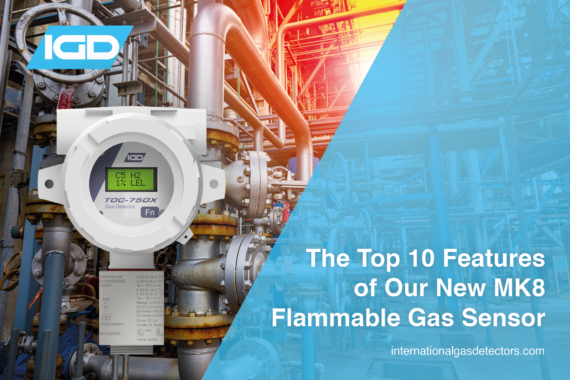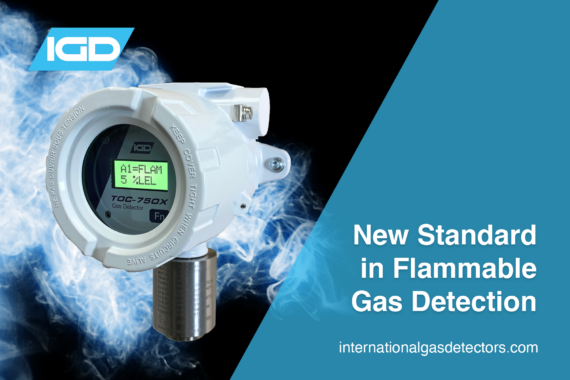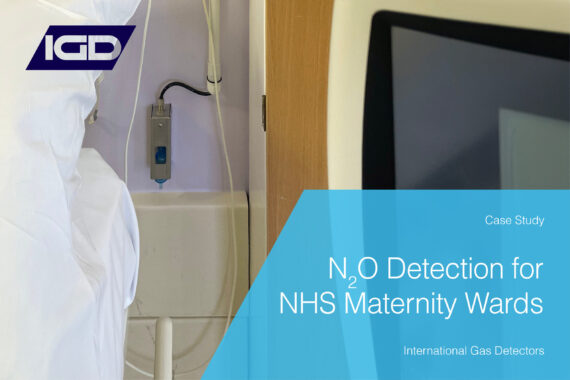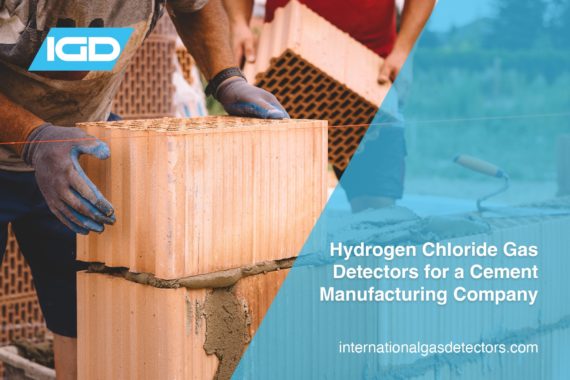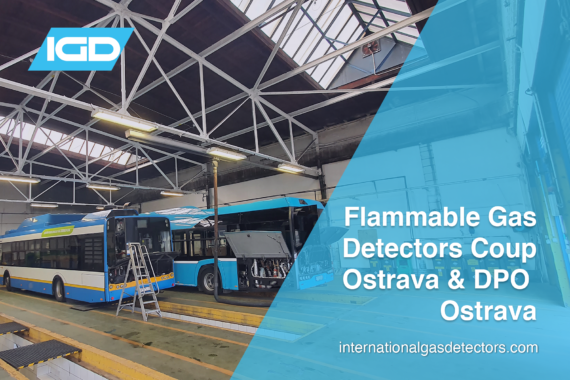We call the TOCSIN 903-X5 “The World’s Most Versatile Gas Detector” for a number of reasons. With its modular flexibility, ease of use and dual-gas detection capabilities, the TOC-903-X5 shines in a huge variety of applications. Read on to find out why.
Dual Gas Detector Transmitter for Habitat Shelters
Recently, IGD collaborated with Jigsaw Controls on a project that saw the need for a standalone gas detector transmitter in an ATEX zone 1 potentially flammable atmosphere. Jigsaw Controls client required a continuous gas monitor to detect for methane and hydrogen sulphide in habitat shelters. IGD’s solution was to provide our advanced TOCSIN 903-X5 dual gas detector transmitter in this area, allowing for safe working in an environment that would otherwise be hazardous. Read on to find out more.
Features and Benefits of IGD’s Addressable Gas Detectors
Addressable is often seen as being complex; this is a common myth and does not match up to the simplicity of the system and plethora of benefits that addressable gas detectors can offer. This article explores these features and benefits of addressable gas detection, in particular with IGD, demonstrating how we can enhance your safety with detectably better addressable gas detectors. Read below to find out more.
What are the Different Methods of Benzene Detection?
Benzene is a colourless chemical with a sweet smell but is highly carcinogenic, making it extremely difficult to detect without specialist equipment. There is a variety of equipment available for detecting benzene and finding the right one is essential. Check out this article to find out more about the different detection methods.
PID Gas Monitors for Climavent
One of our most recent projects includes the implementation of our PID Gas Monitors for a fume extraction company known as Climavent. Their client required these PID detectors in their fume extraction systems to check the state of the carbon filters. Issues with current devices led to the widely successful implementation of IGD’s PID gas monitors, improving the safety of their team, and opening the doors for further opportunities to enhance Climavents gas safety. Read on below for more detail about how the Climavent team became detectably better in their gas safety.
The Top 10 Features of Our New MK8 Flammable Gas Sensor
Fixed flammable gas sensors play a vital role in industry; keeping personnel safe and protecting vital assets. And when searching for a flammable gas sensor, it can be overwhelming with the number of choices available on the market. This blog post gives you a run down of the top 10 features of our latest flammable gas sensor, the MK8 pellistor, helping you in choosing the best solution for your team and business. Read on below to find out more.
New Standard in Flammable Gas Detection – MK8 Pellistor Gas Detector
International Gas Detectors Ltd have designed and released a new standard for flammable gas detection, the MK8 pellistor gas detector. The MK8 pellistor gas detector combines over 65 years of pellistor engineering with reliability and tested performance to provide clients with the most accurate, poison resistant pellistor based gas detector in the world. This advance in pellistor gas detector design demonstrates IGD’s commitment, innovation and capability. Read our article below to find out how the MK8 is setting a new standard for flammable gas detection.
Detectably Better N2O Gas Detectors for NHS Maternity Wards
IGD recently provided detectably better N2O gas detectors to the NHS. Issues of high-level N2O leakage across the service led to concern among safety management, especially due to its prevalence across the NHS. They were looking for a reliable and high-quality N2O gas detector solution to prevent these leaks and found that IGD was best suited to provide this. Read below to find out more about this project.
Hydrogen Chloride Gas Detectors for a Cement Manufacturing Company
IGD were recently approached by a cement manufacturing company to implement Hydrogen Chloride gas detectors within their facility. Time was of the essence as they needed to begin the works on site shortly. IGD were able to meet the deadline and provide them with a detectably better solution. Our solution of the 750X and the TOC-635 PLUS met their requirements and provided them with a reliable gas safety system to ensure the safety of their team. Read on below to find out more.
Flammable Gas Detectors for Bus Garages
IGD and Coup are proud to release details for the recently won contract to upgrade a flammable gas detector system for DPO in Ostrava, Czech Republic. Our distributor and partnership with Coup meant we successfully won the international tender using our ground-breaking addressable systems. DPO provide public transport buses across the Czech Republic, all powered by CNG gas (Compressed Natural Gas). These buses are maintained and repaired across 3 different locations, thus a large supply of CNG gas detectors was needed. Read on to find out more about the application and the solution IGD and Coup was able to supply for DPO, including our world’s most poison resistant pellistor based flammable gas detector.


